Best
Violin for
Beginners
-
Overall:
Made from solid tone woods, which gives excellent
tone and responsive sound. -
Best Feature:
Regarded as one of the best student violins -
TedScore™: 8.2/10
Best
Violin for
Virtuosos
Professional
Violin Violin for
Master Players
-
Overall: Handcrafted
maple and spruce body. -
Best Feature:
Spirit varnish with antiqued aspect. -
TedScore™: 10/10
Best
Violin for Intermediates
-
Overall: Hand-carved maple and spruce body, produces a rounded tone
-
Best Feature: Voted as " Best Bowed Instruments" two years in a row
-
TedScore™: 8.5/10
As a professional musician, I’ve always considered the violin the heart of classical music and love playing famous violin pieces. Its ability to express a wide range of emotions, from the heights of joy to the depths of sorrow, has captivated audiences for centuries.
Masterpieces by composers such as Vivaldi, Mozart, and Tchaikovsky are proof of the instrument’s potential, demanding exceptional skill from performers and touching listeners with their technical brilliance.
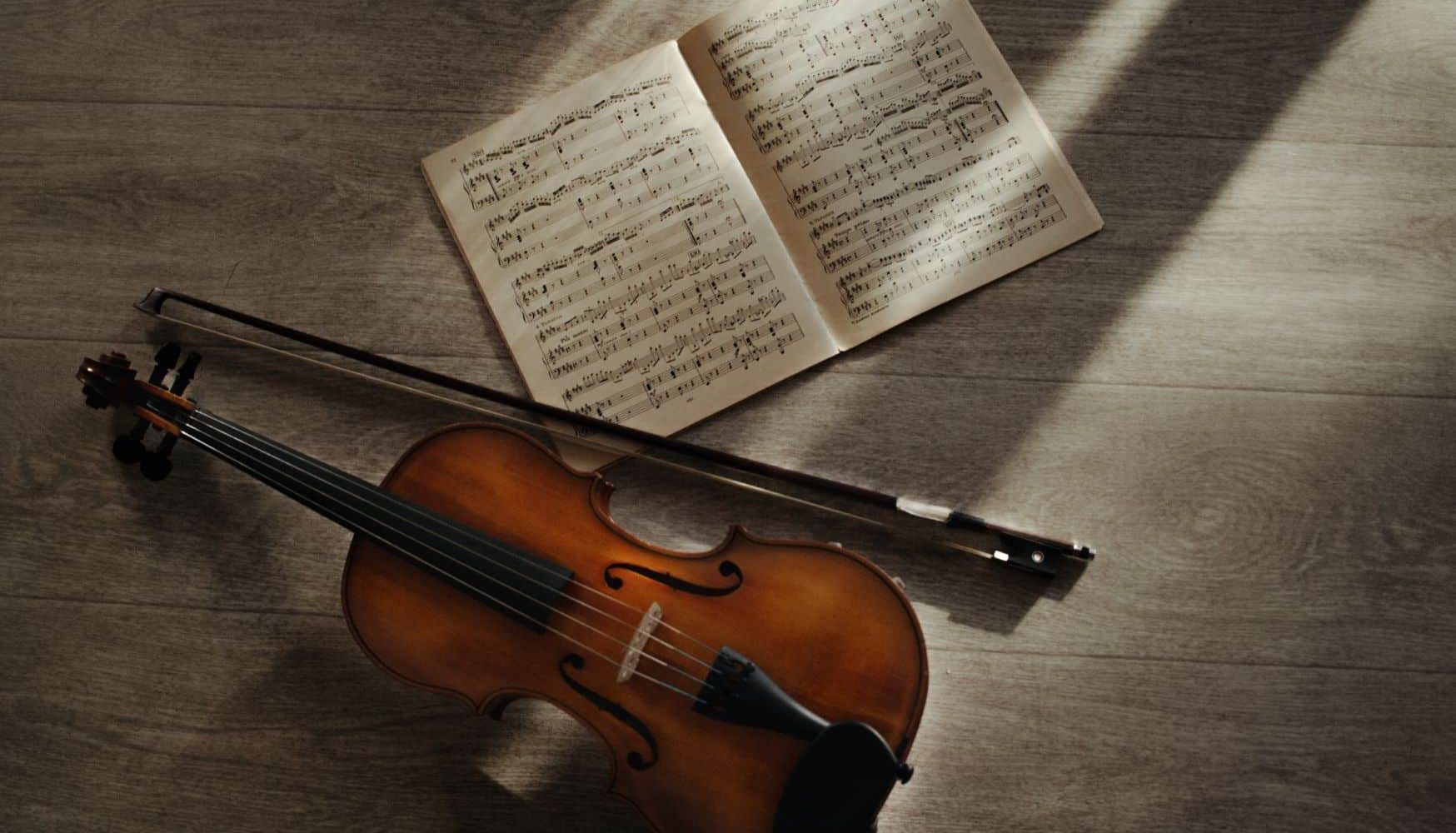
From the Baroque era, expressive pieces of the Romantic period, and innovative 20th-century creations, violin music has a rich and varied history.
Each era highlighted the violin’s enduring relevance and the expertise of the composer and the great violinist who played it.
I’m not going to say the only violin concerto you ever need is the Vivaldi – because if you read on, you’ll learn more about the most famous violin pieces and a couple of unknowns, too!
Importance of Knowing Famous Violin Music Pieces

As a performer, playing famous violin pieces is essential to my growth as a musician; it sharpens my technical skills and interpretive understanding and ensures that the core traditions of the violin repertoire continue to develop and improve.
Also, it’s a great time to learn these great violinists’ unique styles and develop and improve new techniques that I can call my own.
Famous Violin Concertos
Baroque Masterpieces
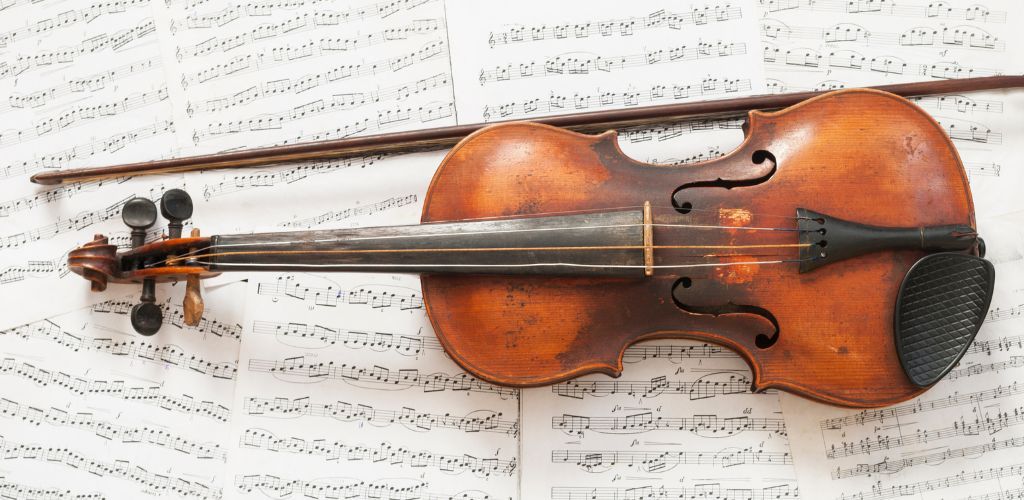
The Baroque violin pieces take me back to an era of technical prowess and elaborate orchestral compositions.
Such pieces are not just music to the ears of many composers; they represent a significant time in the violin’s history.
"The Four Seasons" by Antonio Vivaldi
Antonio Vivaldi‘s “The Four Seasons” captures the essence of nature so that it feels like I’m experiencing each season with every stroke of the bow. It comprises four violin concertos, each giving musical expression to a season of the year.

Aside from its vivid imagery, “The Four Seasons” shows technical demands on violinists by imposing swift transitions that mimic the temperament of each season. Vivaldi’s tonality and dynamic contrasts make these concertos a delightful challenge for any violinist.
"Chaconne" from Partita No. 2 in D Minor by Johann Sebastian Bach
Another piece of music that never ceases to amaze me is Johann Sebastian Bach‘s “Chaconne” from Partita No. 2 in D Minor. The reverence it commands is owed to its complex structure and profound depth; in other words, it’s beautifully complicated!

The “Chaconne” has a range of emotions, which challenges me to improve my playing abilities. In this piece, I can hear Bach’s mastery of the different beautiful melodies played throughout the solo.
Violin Concerto in G Major, Brandenburg Concerto No. 3 by Johann Sebastian Bach
For me, this piece is THE masterclass of baroque balance and interplay. The instrument’s melody in the opening movement is so vibrant that it makes me feel happy to be alive!

Bach introduced the second movement, which is a profound moment of stillness (which makes me briefly reflect on how I live my life!) before taking me to the concluding Allegro, a play of contrapuntal craftsmanship, ending the orchestra with a BAM!
Classical Period Innovations

In the Classical Period concertos, I have two highly recommended violin repertoire. I always find myself biased in choosing these two because of their mind-blowing combination of technical brilliance and expressive depth.
"Violin Concerto in D Major, Op. 35" by Pyotr Ilyich Tchaikovsky
If I want to transport myself to Russia, I can close my eyes and listen to Tchaikovsky’s Violin Concerto in D Major op 35. The violin piece is overflowing with emotions and technicalities that I can’t help but feel exhilarated and humbled at the same time.

I can genuinely say that this piece requires the soul-stirring lyricism, virtuosity, and musicality of the violinist who plays it.
"Violin Concerto No. 3 in G Major, K. 216" by Wolfgang Amadeus Mozart
Violin Concerto No. 3 (a joy for me to play!) has Mozart’s trademark characteristics: elegance and clarity.

The perfect balance between the lyricism of the composer and the virtuosic potential of the violin highlights the skill of the violinist playing it because of the technical intricacies this piece has!
Romantic Classical Music

Whenever I play some violin repertoire of the Romantic era, I’m amazed at how composers created such emotionally expressive pieces. Each work can be considered as a challenge since it pushes the technical ability of the performer.
"Violin Concerto in E Minor, Op. 64" by Felix Mendelssohn
I can’t help but fall in love with the Violin Concerto in E minor op 64! Originally composed by Felix Mendelssohn, this piece is one of the most beloved violin sonatas because it displayed romantic lyricism.

The moving cadenzas it has requires remarkable technical skills that would make the performer believe in love and miracles (since it has out-of-this-world difficulty!).
"Symphonie Espagnole, Op. 21" by Édouard Lalo
Edouard Lalo’s “Symphonie Espagnole,” composed in 1874, is also remarkable. The five-movement structure shows me the beauty of Spanish folk music and requires me to deliver technical aspects of the romantic classical violin concerto.

I love the composer highlighting the violin’s versatility with soulful, lyrical lines and fiery, dance-like melodies.
20th Century Innovations
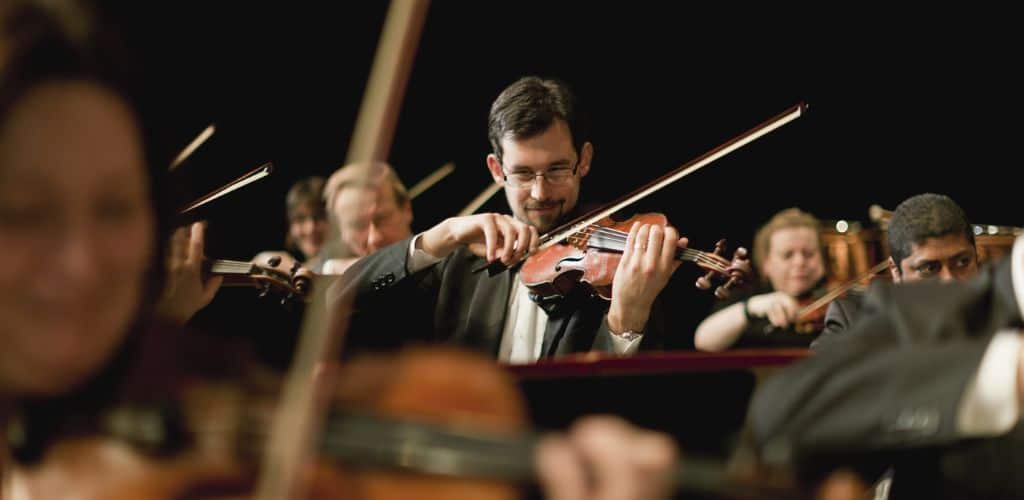
In the 20th century, I was delighted to hear some extraordinary solo violin pieces in concertos that were previous era styles but with additional modern twists.
It’s like eating a vanilla ice cream with additional almond nuts and chocolate drizzle. You can eat it plain, but hey (!) adding extra toppings on top wouldn’t hurt.
"Violin Concerto, Op. 14" by Samuel Barber
I find the composer Samuel Barber’s Violin Concerto op 14 enchanting because of its Romantic Era-like lyrical quality. It somehow gives me a picture of an exciting adventure, having the first two movements dreamlike and then suddenly jumping to an impressive display of virtuosity in the third movement.

This piece DEFINITELY tested my professional abilities because of its cadenzas, which demands a masterful grasp of the violin.
"Violin Concerto No. 1, Op. 77" by Dmitri Shostakovich
Aside from having the most complicated surname known to man (!), I always feel a profound depth in Shostakovich’s “Violin Concerto No. 1, Op. 77,”. It displays his signature blend of introspection and the complexity of Russia during his lifetime.

This concerto shows the possibility of a violin piece having a deep emotional personality and a violinist’s remarkable technical prowess.
Violin Concerto in D major, Op. 35 by Erich Wolfgang Korngold
I always find myself in awe every time I hear this piece. The overflow of harmonies and melodies of this romantic sonata shows Korngold’s lyrical expertise and a desire for a piece of grand emotive music (which is evident from the first movement up until the intricate finale of the piece!).

It’s a concerto that doesn’t just speak to the audience and performers; it sings to them, showing that previous era styles with modern techniques are not bad at all.
Violins I love to play
If you’re looking for a new violin to play, or indeed, you’re just starting, I’d be happy to recommend these three instruments:
Best Violin for Beginners
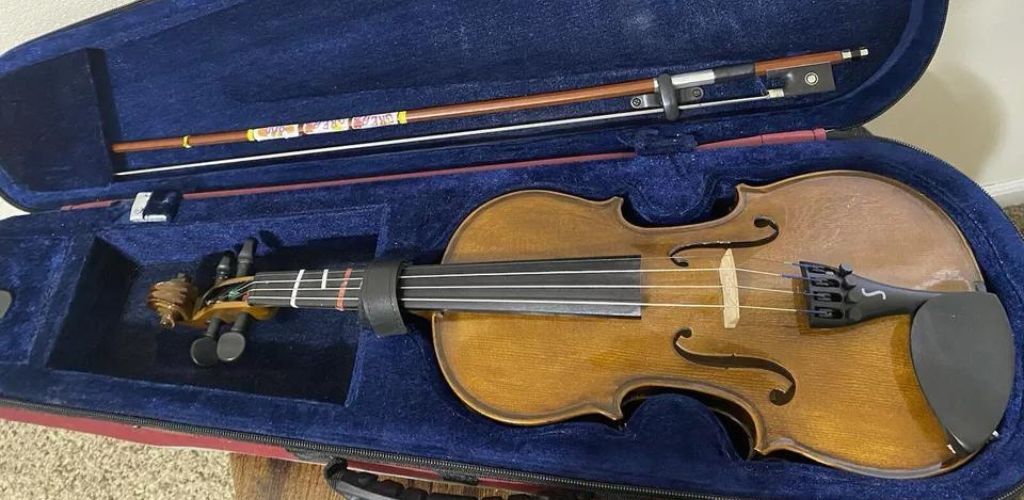
I recommend the Stentor brand as a great starting instrument for most of my students. They’re not too expensive, but they are really well built and sound pretty good, too.
STENTOR STUDENT 2 VIOLIN OUTFIT
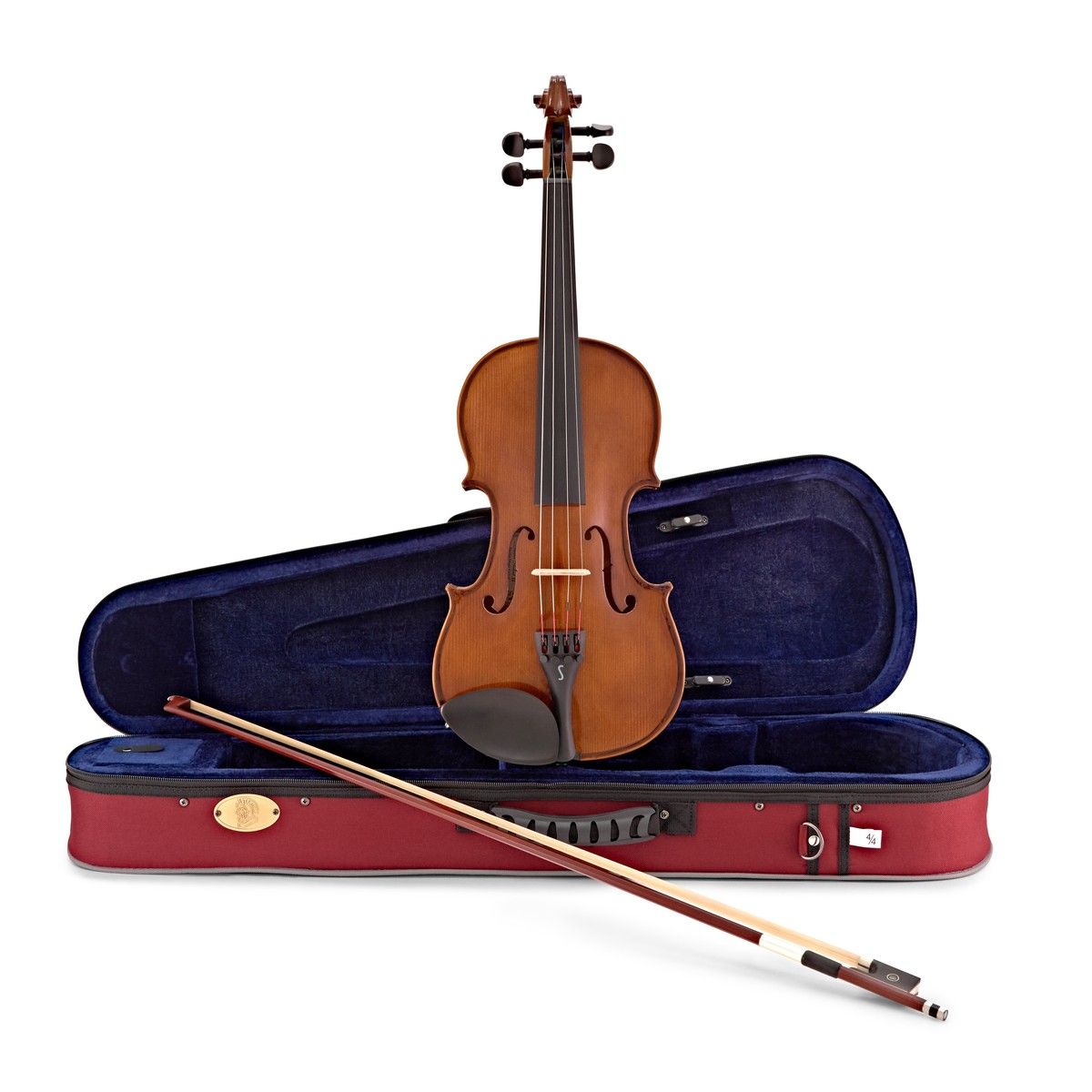
FEATURES: Made from solid tone woods, which gives excellent tone and responsive sound.
OTHER INFO: Regarded as one of the best student violins
- Includes a quality lightweight case and quality wood bow
- Has ebony fingerboard for comfortable performances
- It comes with a rope core string, which you may wish to upgrade to Dominant or a different preferred brand.
When you click ‘Check Price’, you’ll see there are loads of great places to buy this item. Our personal favorite is Sweetwater for the US, and Thomann and Gear4Music for the UK & Europe.
They are the largest music retailers, with excellent customer service, competitive prices, really fast shipping, and the longest guarantees.
The professional musician who wrote this article combined many things,
from the product build, manufacturer’s reputation through to feedback
from other users, to create our famous TedScore™.
Best Violin for Advanced Players
For my advanced students, the Primavera 200 violin is my go-to recommendation. Again, it’s not too expensive, but it does sound like a premium violin. It has a lovely build quality, and the sound of the strings, although it could be improved with much more expensive strings, is not bad at all.
PRIMAVERA 200 VIOLIN OUTFIT FULL SIZE

FEATURES: Made from hand-carved maple and spruce body, which produces a rounded tone
OTHER INFO: Voted as the " Best Bowed Instruments" two years in a row
- designed with ebony fittings for an enjoyable playing experience
- comes as an outfit with a case, composite bow, and rosin
- trusted by many players all over the world
- Others may have the same one since these are very popular violins!
When you click ‘Check Price’, you’ll see there are loads of great places to buy this item. Our personal favorite is Sweetwater for the US, and Thomann and Gear4Music for the UK & Europe.
They are the largest music retailers, with excellent customer service, competitive prices, really fast shipping, and the longest guarantees.
The professional musician who wrote this article combined many things,
from the product build, manufacturer’s reputation through to feedback
from other users, to create our famous TedScore™.
Best Violin for Virtuosos
If you’re looking for a professional-grade classical violin with outstanding quality, I highly recommend the Eastman Master VL906 Professional Violin. Its tone quality is rich and warm, and the craftsmanship is remarkable—a perfect choice for aspiring and seasoned players.
Eastman Master VL906 Professional Violin
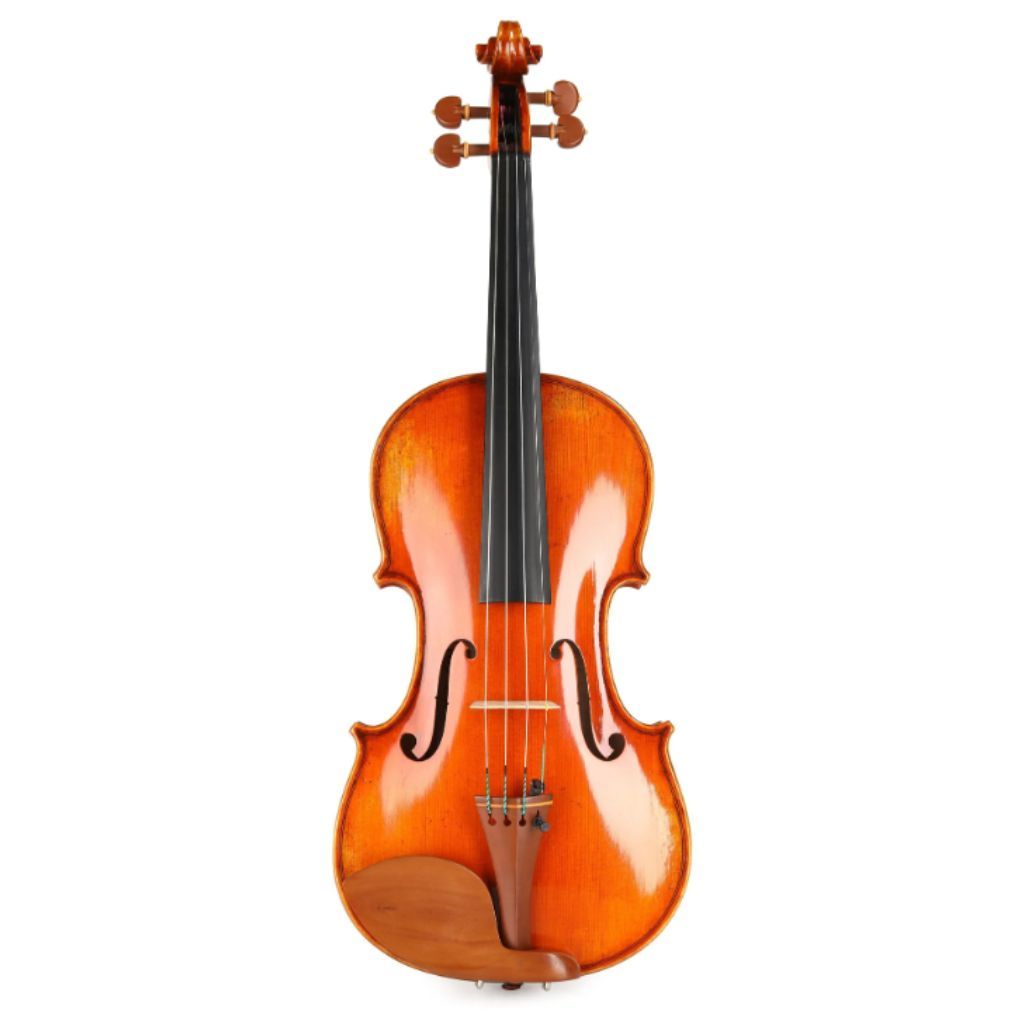
FEATURES: Handcrafted maple and spruce body.
OTHER INFO: Spirit varnish with antiqued aspect.
- Discrete output disguised as the end button for improved ergonomics.
- Availability and access may be limited in certain regions.
When you click ‘Check Price’, you’ll see there are loads of great places to buy this item. Our personal favorite is Sweetwater for the US, and Thomann and Gear4Music for the UK & Europe.
They are the largest music retailers, with excellent customer service, competitive prices, really fast shipping, and the longest guarantees.
The professional musician who wrote this article combined many things,
from the product build, manufacturer’s reputation through to feedback
from other users, to create our famous TedScore™.
Famous Violin Pieces:
Final Words
As someone who plays a role in the world of violin music, I can say that the violin’s ability to convey the full spectrum of human emotion proves that it is a cornerstone of classical music.
The pieces I’ve played on my classical violin are famous and bear a profound historical significance, allowing me to admire the evolution of musical virtuosity through the decades.
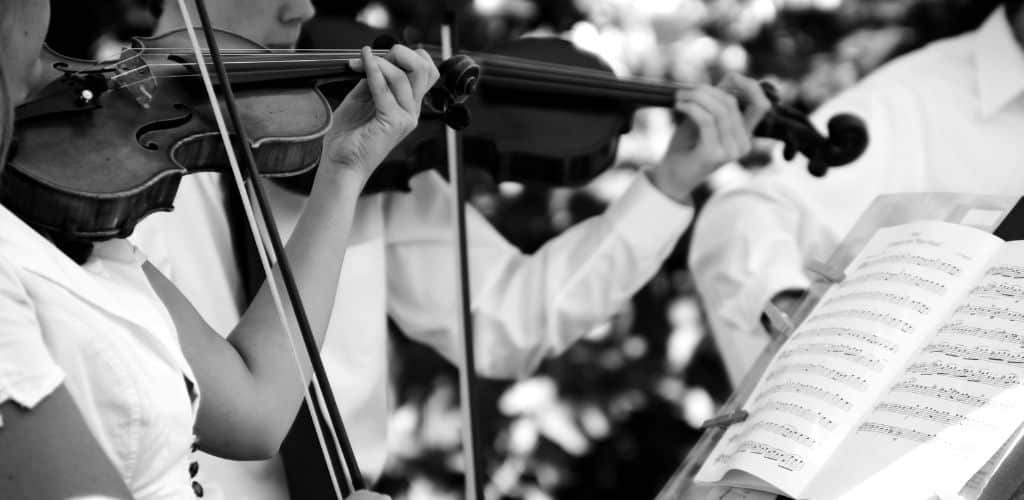
It cannot be denied that the classical violin repertoire has been rich in variety from the Baroque era up until modern times, showing the variety of style and complexity of violin music.
It’s a privilege to explore these works and share the violin’s vast heritage. Each note I play reminds me that the violin is not just an instrument—it’s a voice from the past, speaking to us in the present and inspiring the future.
Before you go…
If you want to know more about playing violin music or solo violin, read the following article to learn tips about these beautiful string instruments.
FAQ's
The “Chaconne” from Johann Sebastian Bach’s Partita No. 2 in D Minor, BWV 1004, is the most iconic violin sonata piece. Written for the violin, it is known for its full melody, musical narrative, and technical complexity. This violin sonata has rich melodies of polyphonic lines that require both virtuosic skill and deep interpretative insight from the performer.
The Stradivarius violins, crafted by the Italian master luthier Antonio Stradivari, are famous for their exceptional quality and exquisite construction. The “Messiah” Stradivarius of 1716 is particularly renowned for its pristine condition and the rarity of its public performances. This instrument represents a pinnacle in classical violin for its tonal beauty and historical significance.
Niccolò Paganini’s “Caprice No. 24 in A minor” is the most intense violin sonata ever composed. The piece demands fast fingerwork and bowing techniques and profound emotional intensity from the performer, making it a challenging sonata for even the most skilled violinists.
Mozart’s Violin Concerto No. 3 in G Major, K. 216, often referred to as the ‘Strassburg’, stands as his most famous music for the instrument. This concerto showcases Mozart’s genius in the elegance of the classical style with the violin’s expressive capabilities. The piece’s enduring popularity is a testament to its perfect balance of musical sophistication and the charming accessibility of the composer.










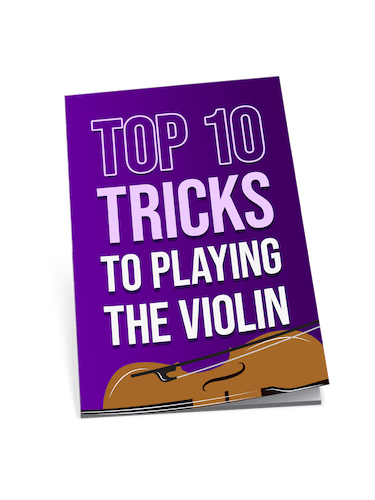
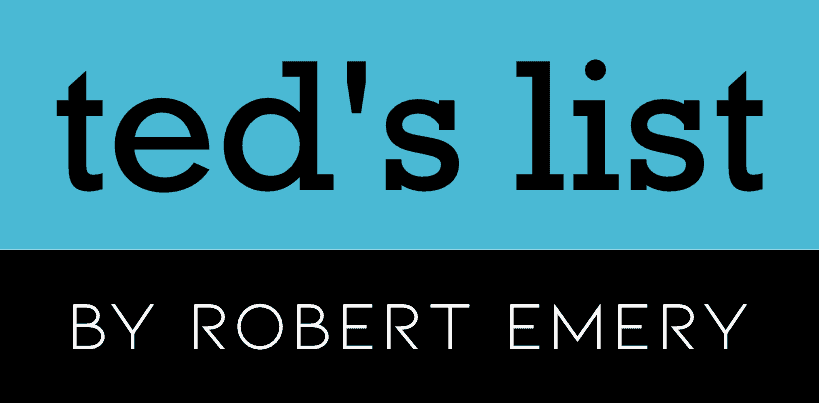
While it’s cool to see traditional pieces being celebrated, don’t you think it’s time we also spotlight how violin music is evolving? Especially in the 20th Century Innovations section, there’s a huge gap in discussing the blend with electronic music, jazz fusion, and other contemporary genres. Classical is vital, but let’s not forget the artists pushing boundaries today.
You raise an interesting point. The fusion of traditional violin with modern music genres indeed warrants recognition and exploration.
Your examination of Romantic classical music brought back many fond memories of attending concerts in my youth. The Violin Concerto in E Minor by Mendelssohn has always been a personal favorite. It captures the essence of the Romantic spirit beautifully. One feels as though they are transported back in time, ensconced in the rich, emotional fabric of the period. I congratulate you,
Reg Clews, on your eloquent presentation of these timeless pieces.
Loved reading about the best violins for advanced players. Got my eye on a few now, thx for the insights!
Really enjoyed your dive into the famous violin concertos,
Reg Clews. Curious if you have suggestions for engaging students who might find the Baroque style a bit inaccessible at first?
How about integrating modern violin music too? A mix could show them the range and beauty across eras.
I’d recommend starting with more lively pieces from Vivaldi! Caught my nephew’s interest pretty quick.